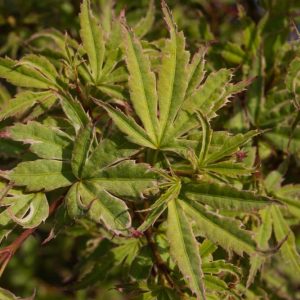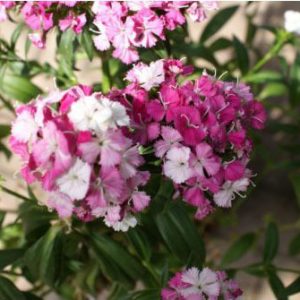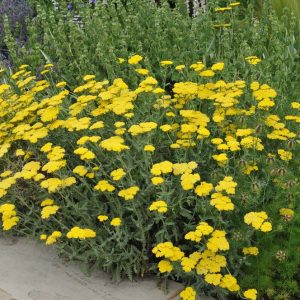Description
Gleditsia – Honeylocust –
There are about 14 species of fast growing, deciduous, usually thorny trees, in this genus. They occur in woodland in Central and Eastern Asia, North and South America, and tropical Africa. They are grown for their elegant, broadly spreading form and pinnate or bi-pinnate, fern like leaves, which are alternately. The inconspicuous racemes of small, greenish white flowers often produce unusual, large, twisted, pendent seed pods come of which contain a sweet pulp. The trunks and branches of most species are armed with simple or branched thorns. Grow Honeylocust as specimen trees.
Grow in any fertile, well drained soil in full sun and will tolerate poor drainage and pollution.
Prone to tar spot, powdery mildew, twig canker, trunk canker, leaf spot, heart rot, mushroom root rot, caterpillars, mites, aphids, borers, webworms, honeylocust pod gall midges, honeylocust plant bugs, scale insects, and plant hoppers.
Gleditsia triancanthos ‘Stevens’ – is wide spreading with bright green leaves turning yellow in fall
Zones 3-7





